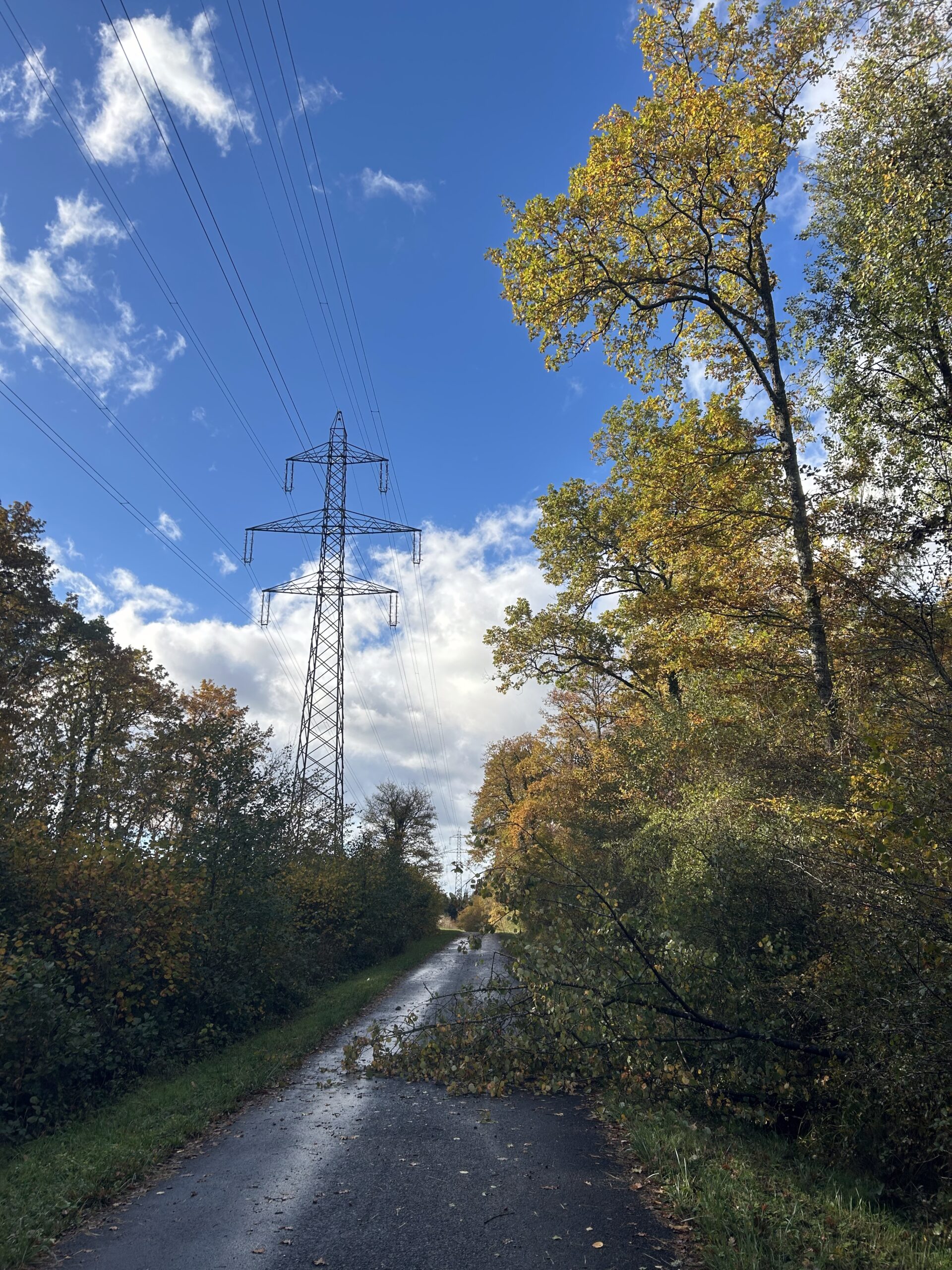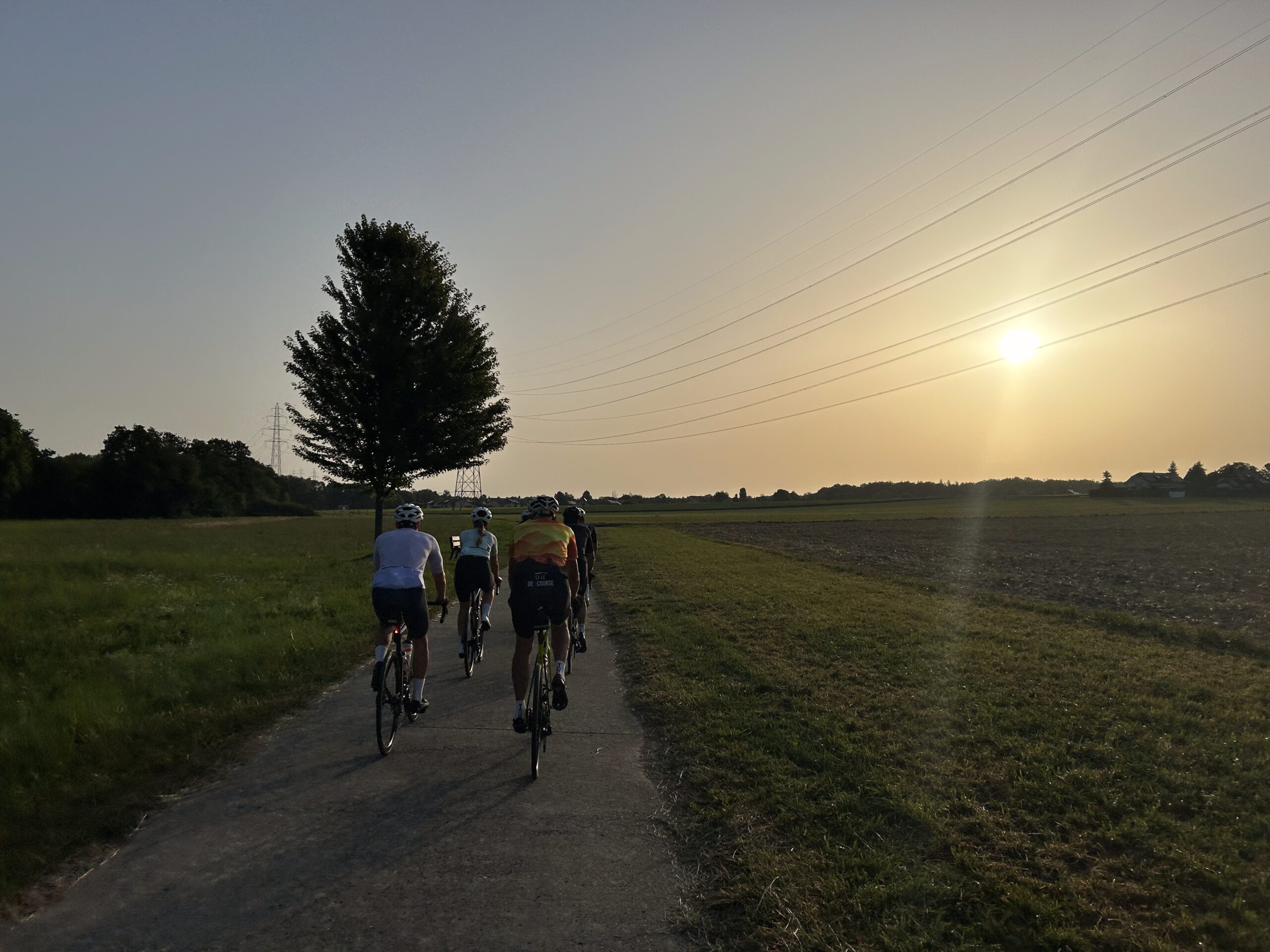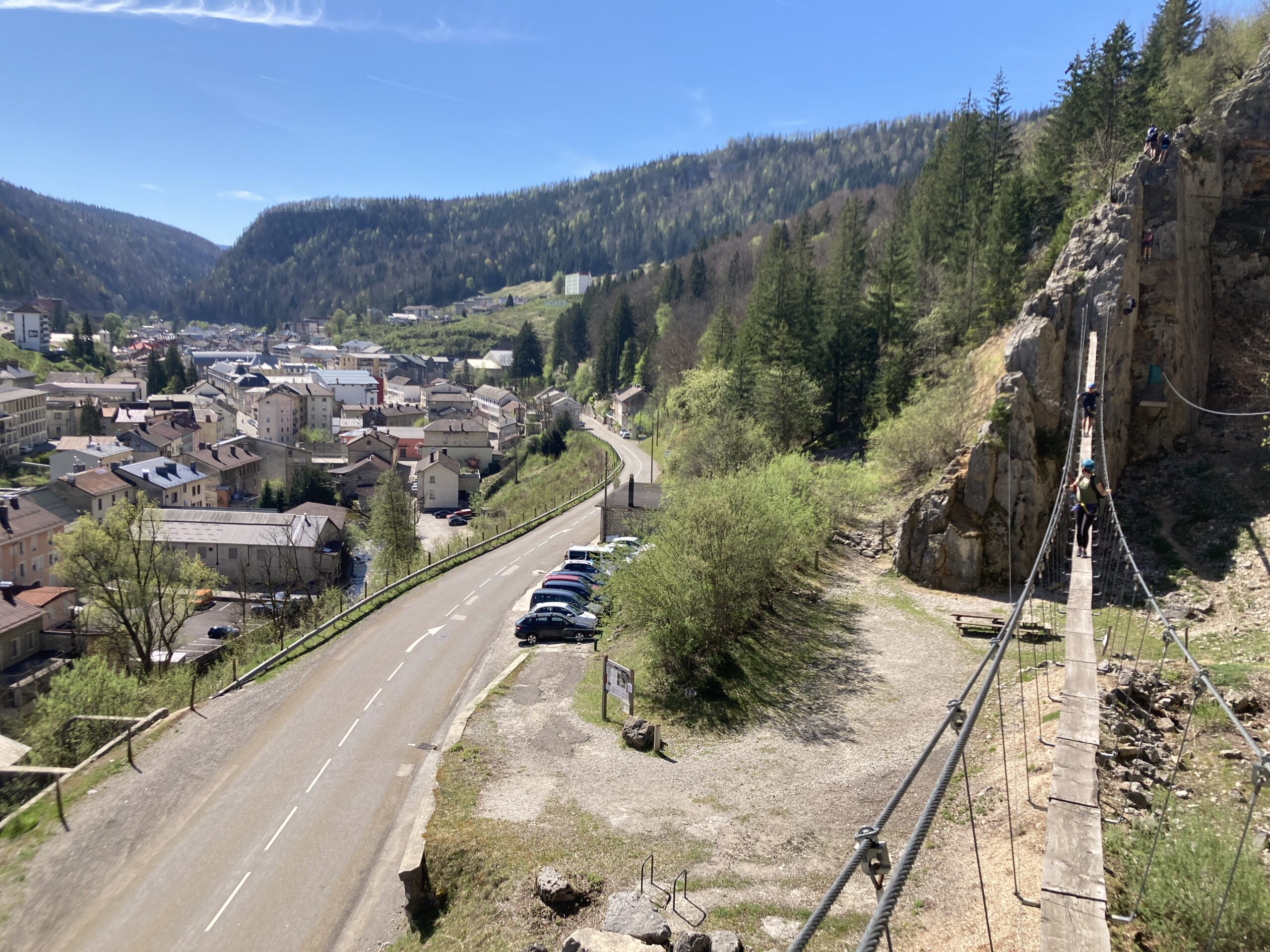Tag: climbing
-
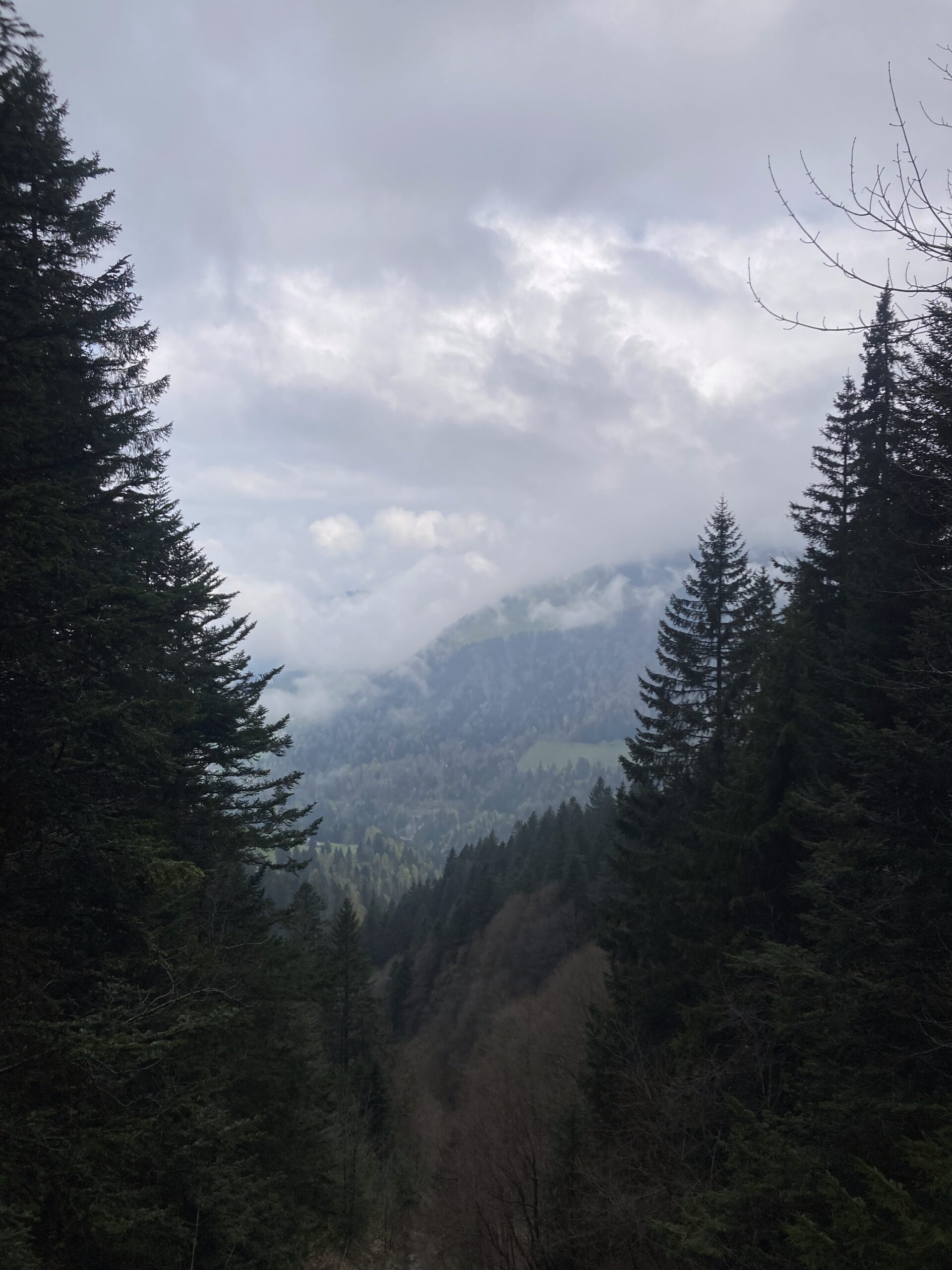
The Knackering Bicycle Ride
Reading Time: 2 minutesYesterday for the first time in a week and a half I went for a bike ride. I was thinking that I would ride with the lazy group. That is to say "group 3" as it is commonly called. Due to the lower turnout for this weekend there was no differentiation between…
-
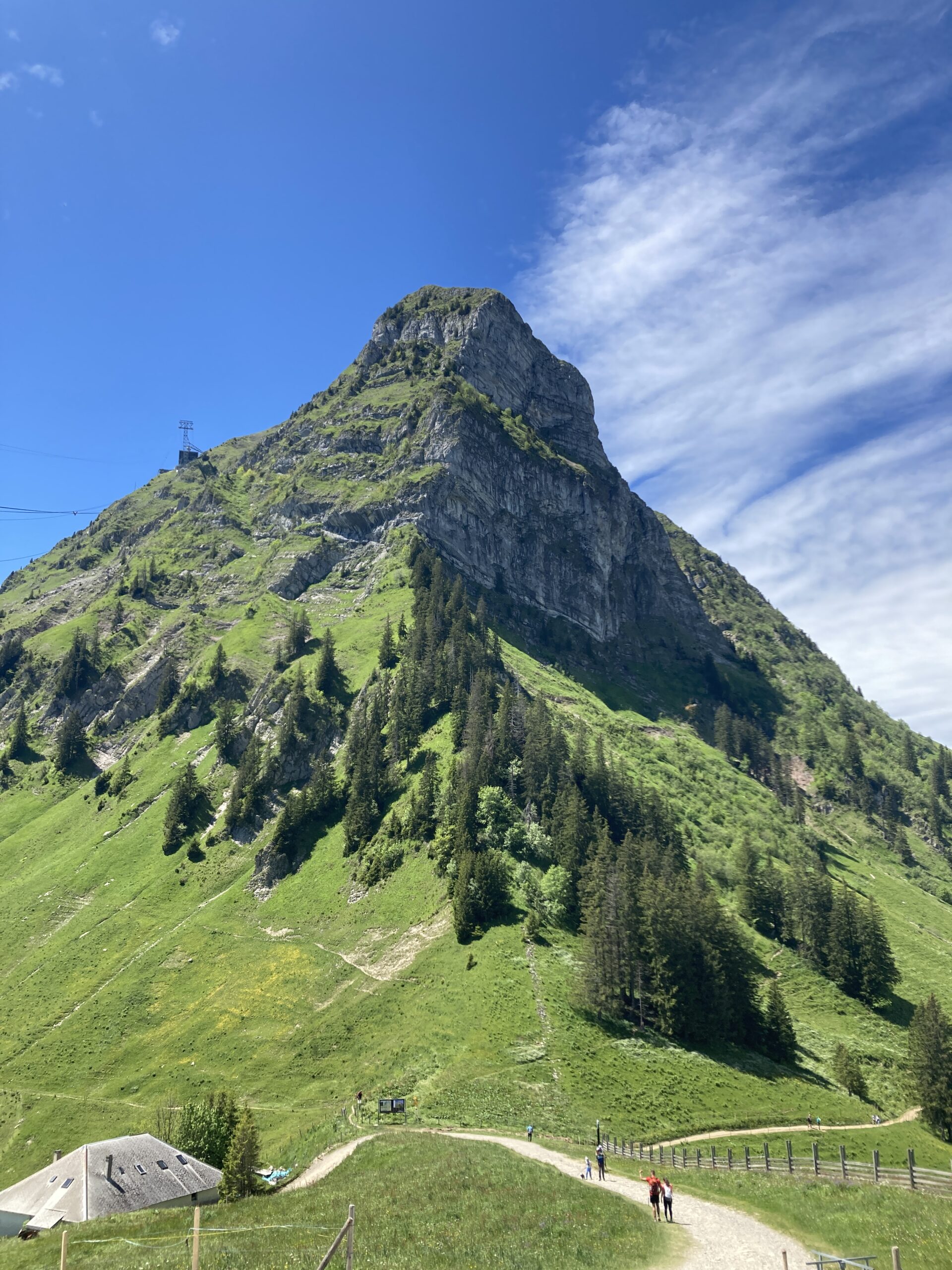
Of Cycling and Via Ferrata
Reading Time: 3 minutesLast night a bike ride was cancelled for this morning due to the risk of rain. As a result I got to sleep in rather than get up to ride at dawn. In the process I got to rest. It also confirms that the seasons are changing. It’s because seasons change in…
-
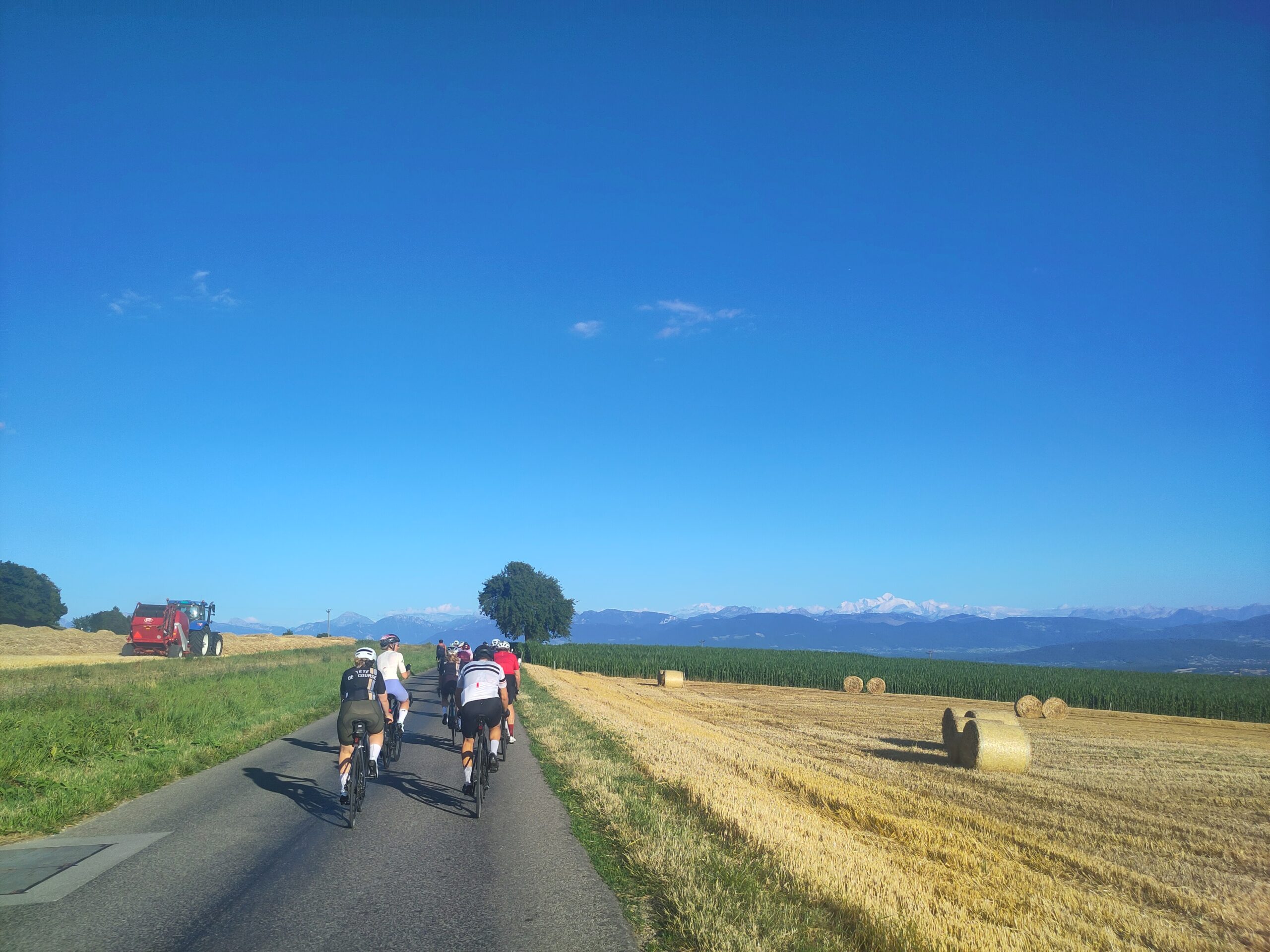
Cycling Uphill with a Combined Harvester Right Behind
Reading Time: 2 minutesYesterday we were cycling up towards Marchissy when a combine harvester began to follow us quite close. The experience of being followed, while cycling is quite something. These machines are large, with big tyres, and the driver is centred rather than to the left as with other vehicles. Luckily the gradient of…
-
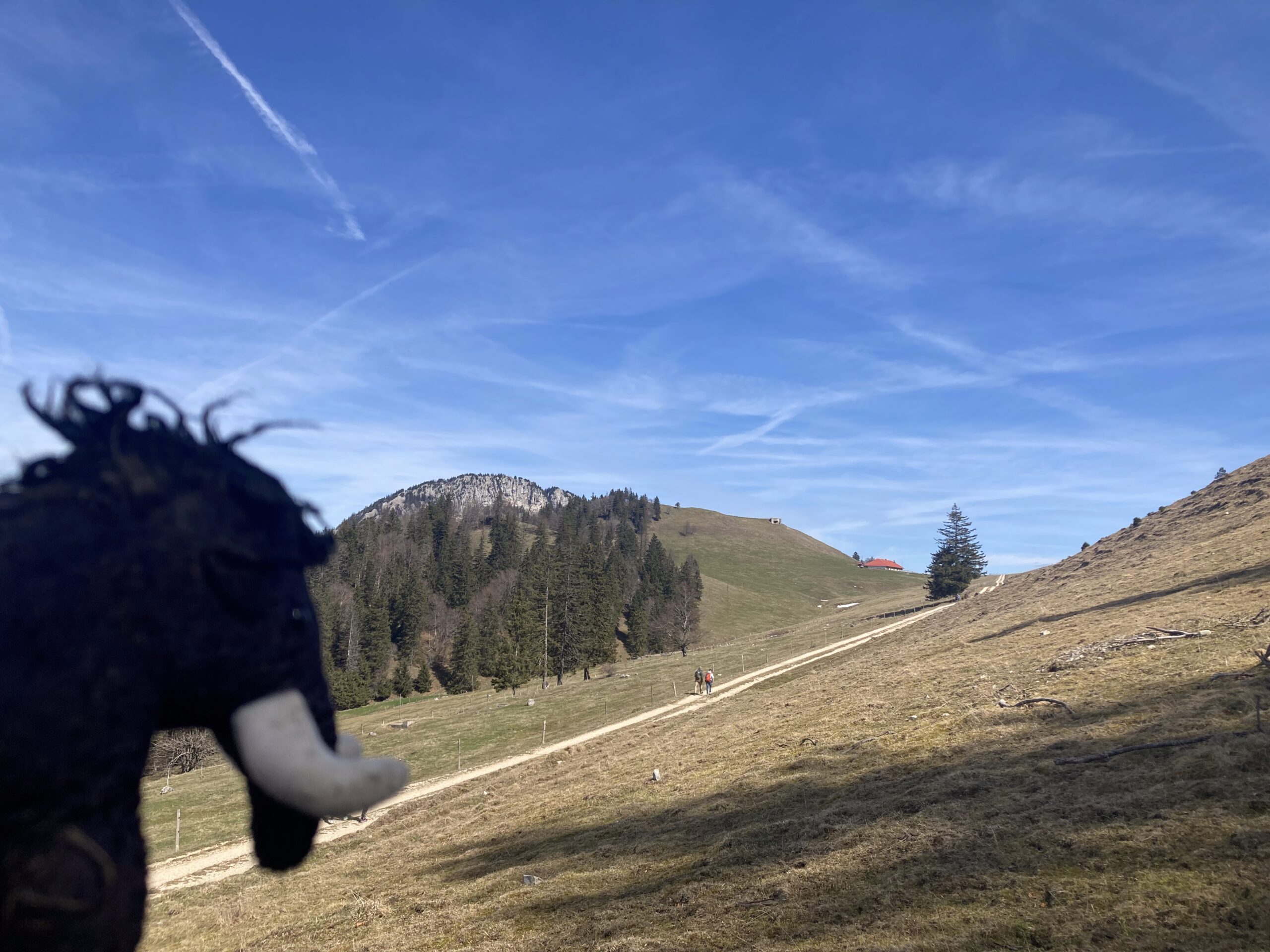
Emergency Contact Infoormation and Incident Detection
Reading Time: < 1 minuteRecently I joined a cycling group and they require us to provide In Case of Emergency Information so that if we have an accident our phone provides people with names and numbers to call. At first I thought "Why would I want this, I have no In Case of Emergency person"…
-
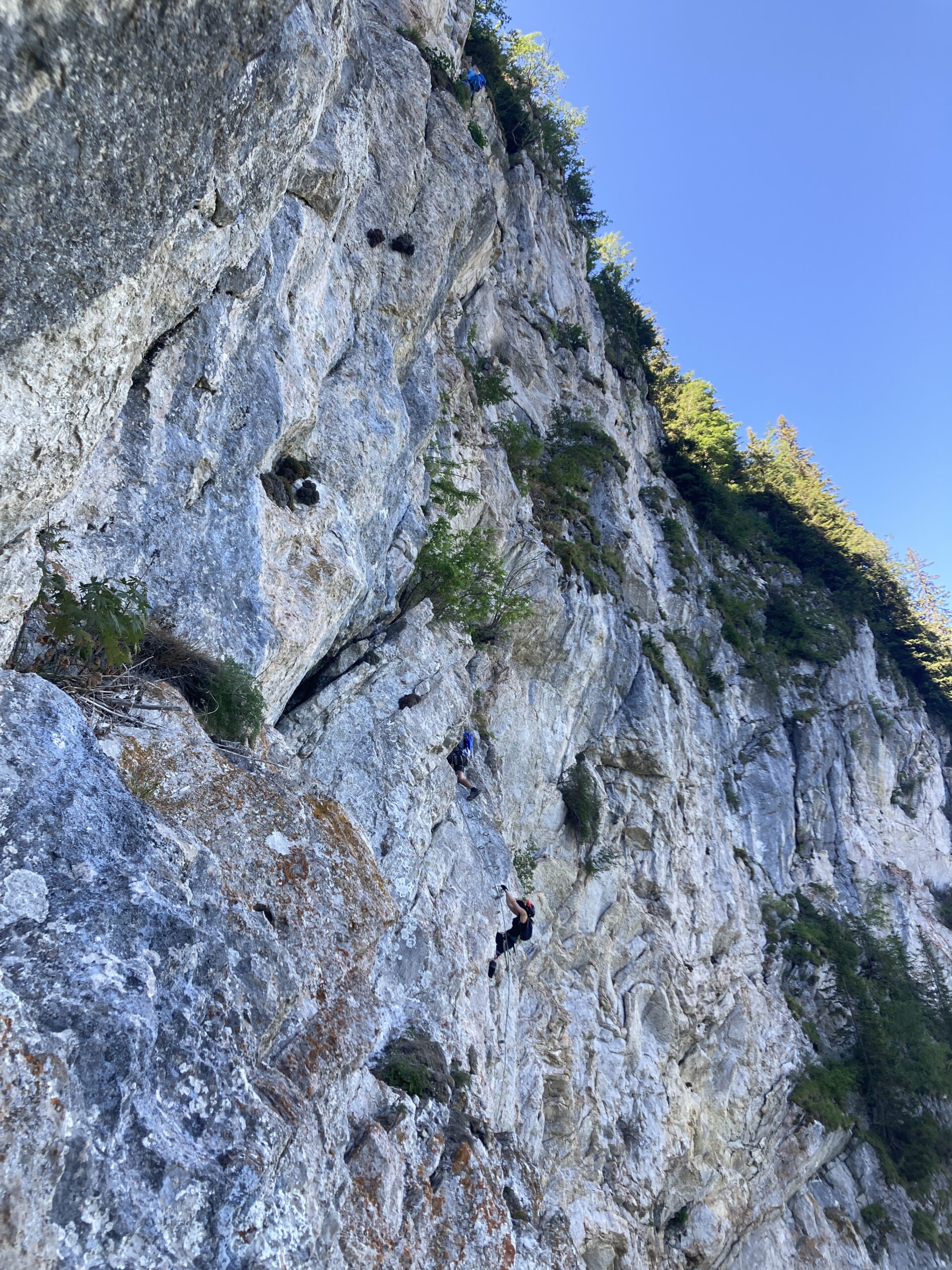
The Charmey Via Ferrata and Personal Limits
Reading Time: 3 minutesThere was a time when I would have gone to Charmey and climbed the Square Vide II route without hesitation. This is a K6 route that starts with an overhang, before continuing over several more overhangs. I tried the first part and decided not to continue. I climbed back down before getting…
-
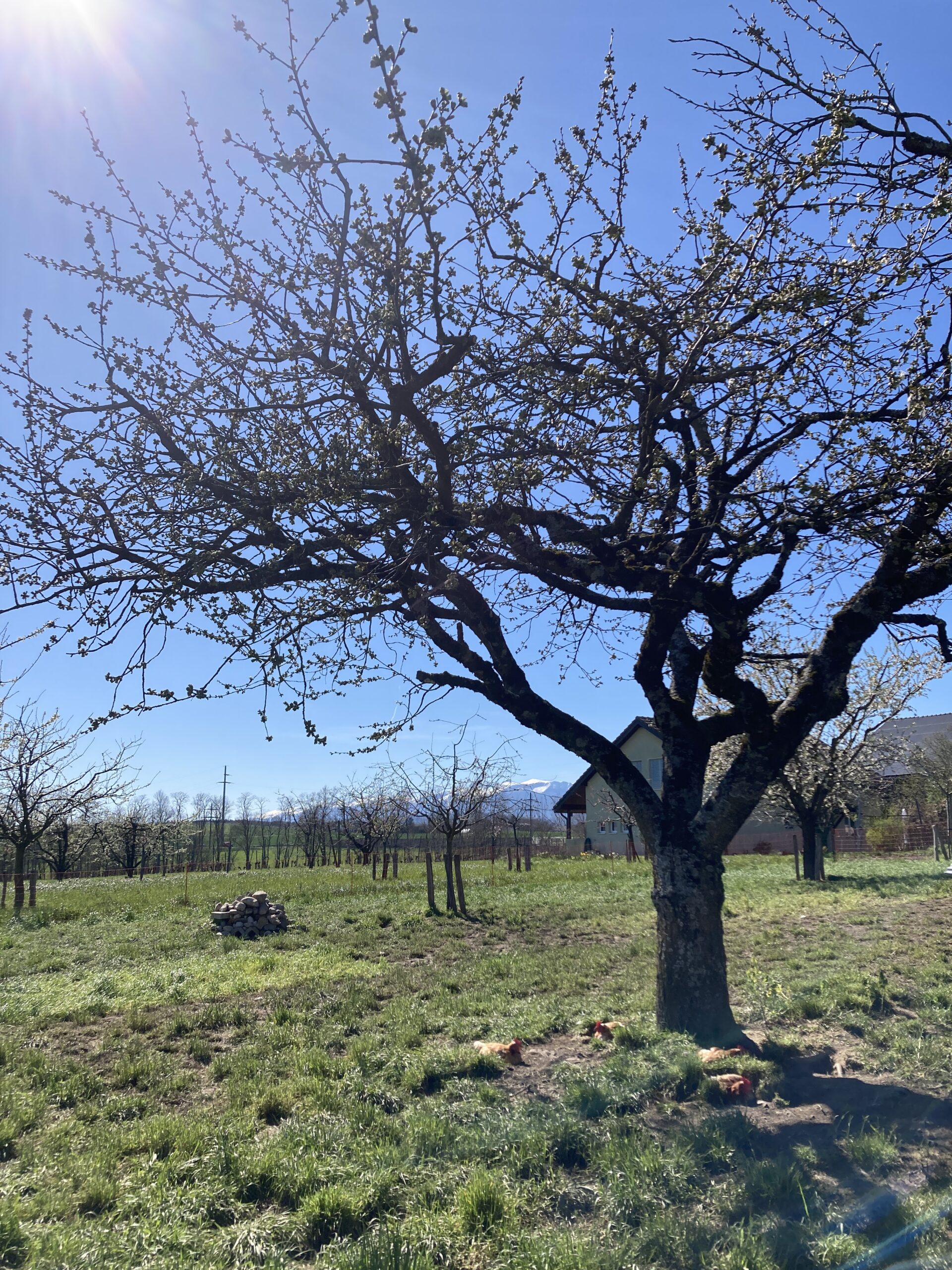
Nid-De-Poule and Yerba Maté
Reading Time: 2 minutesFrench speakers are familiar with the term “Nid-De-Poule”. It is a term used to describe potholes in French. This is a term I heard regularly but due to modern farm practices you don’t see these when they’re made by chickens. Chickens usually live in chicken coops and they don’t have the time…
